J. Yuan
CPSOR-GCN: A Vehicle Trajectory Prediction Method Powered by Emotion and Cognitive Theory
Nov 14, 2023



Abstract:Active safety systems on vehicles often face problems with false alarms. Most active safety systems predict the driver's trajectory with the assumption that the driver is always in a normal emotion, and then infer risks. However, the driver's trajectory uncertainty increases under abnormal emotions. This paper proposes a new trajectory prediction model: CPSOR-GCN, which predicts vehicle trajectories under abnormal emotions. At the physical level, the interaction features between vehicles are extracted by the physical GCN module. At the cognitive level, SOR cognitive theory is used as prior knowledge to build a Dynamic Bayesian Network (DBN) structure. The conditional probability and state transition probability of nodes from the calibrated SOR-DBN quantify the causal relationship between cognitive factors, which is embedded into the cognitive GCN module to extract the characteristics of the influence mechanism of emotions on driving behavior. The CARLA-SUMO joint driving simulation platform was built to develop dangerous pre-crash scenarios. Methods of recreating traffic scenes were used to naturally induce abnormal emotions. The experiment collected data from 26 participants to verify the proposed model. Compared with the model that only considers physical motion features, the prediction accuracy of the proposed model is increased by 68.70%. Furthermore,considering the SOR-DBN reduces the prediction error of the trajectory by 15.93%. Compared with other advanced trajectory prediction models, the results of CPSOR-GCN also have lower errors. This model can be integrated into active safety systems to better adapt to the driver's emotions, which could effectively reduce false alarms.
Inductive Matrix Completion and Root-MUSIC-Based Channel Estimation for Intelligent Reflecting Surface (IRS)-Aided Hybrid MIMO Systems
Sep 15, 2022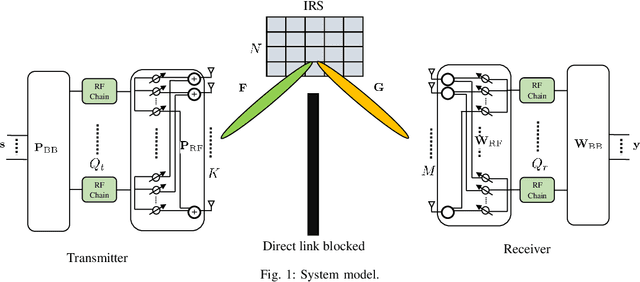
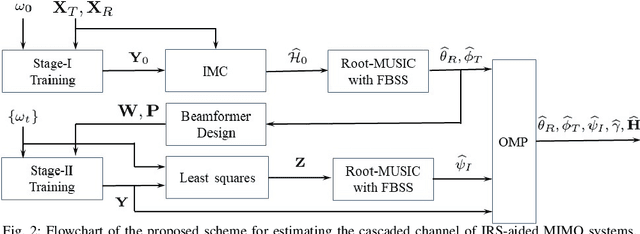
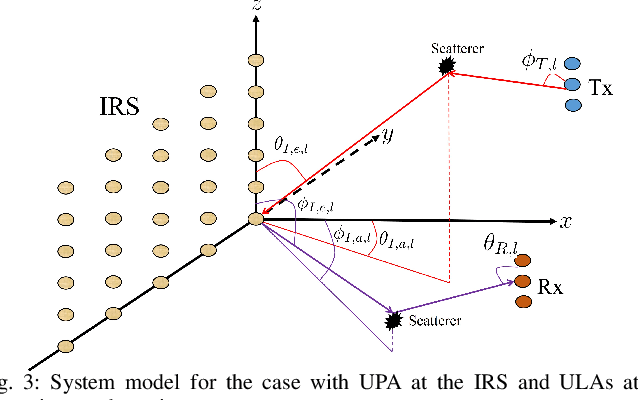
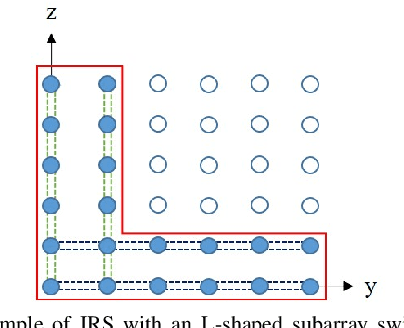
Abstract:This paper studies the estimation of cascaded channels in passive intelligent reflective surface (IRS)- aided multiple-input multiple-output (MIMO) systems employing hybrid precoders and combiners. We propose a low-complexity solution that estimates the channel parameters progressively. The angles of departure (AoDs) and angles of arrival (AoAs) at the transmitter and receiver, respectively, are first estimated using inductive matrix completion (IMC) followed by root-MUSIC based super-resolution spectrum estimation. Forward-backward spatial smoothing (FBSS) is applied to address the coherence issue. Using the estimated AoAs and AoDs, the training precoders and combiners are then optimized and the angle differences between the AoAs and AoDs at the IRS are estimated using the least squares (LS) method followed by FBSS and the root-MUSIC algorithm. Finally, the composite path gains of the cascaded channel are estimated using on-grid sparse recovery with a small-size dictionary. The simulation results suggest that the proposed estimator can achieve improved channel parameter estimation performance with lower complexity as compared to several recently reported alternatives, thanks to the exploitation of the knowledge of the array responses and low-rankness of the channel using low-complexity algorithms at all the stages.
Joint User Scheduling and Beamforming Design for Multiuser MISO Downlink Systems
Dec 03, 2021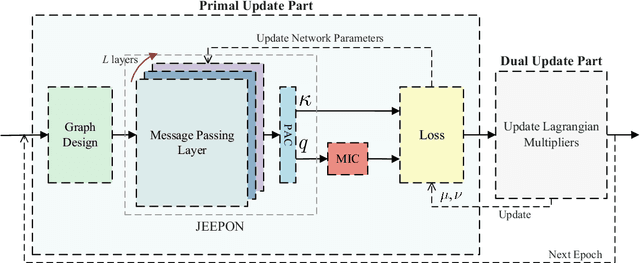
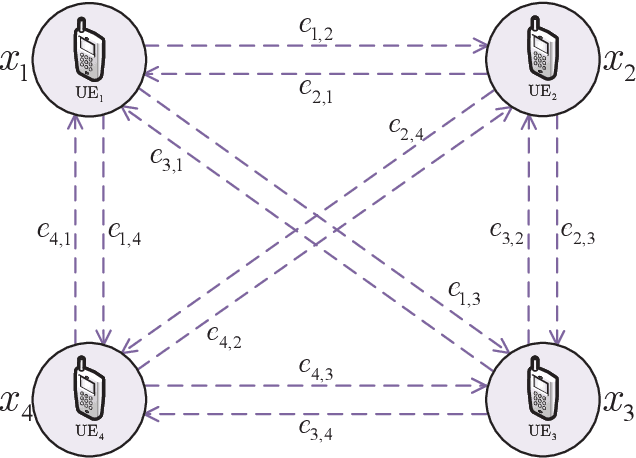
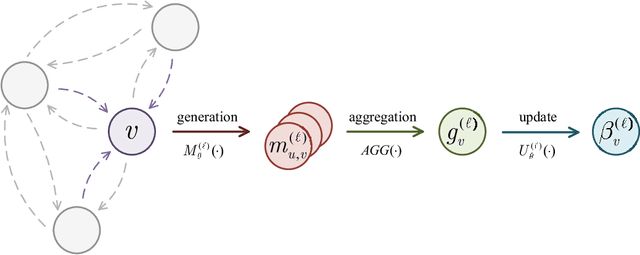
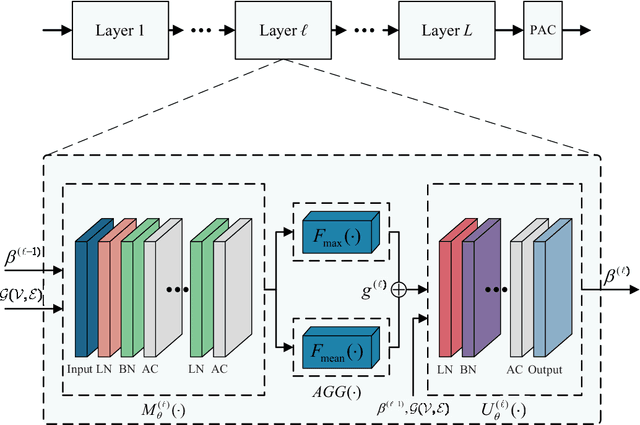
Abstract:In multiuser communication systems, user scheduling and beamforming design are two fundamental problems, which are usually investigated separately in the existing literature. In this work, we focus on the joint optimization of user scheduling and beamforming design with the goal of maximizing the set cardinality of scheduled users. Observing that this problem is computationally challenging due to the non-convex objective function and coupled constraints in continuous and binary variables. To tackle these difficulties, we first propose an iterative optimization algorithm (IOA) relying on the successive convex approximation and uplink-downlink duality theory. Then, motivated by IOA and graph neural networks, a joint user scheduling and power allocation network (JEEPON) is developed to address the investigated problem in an unsupervised manner. The effectiveness of IOA and JEEPON is verified by various numerical results, and the latter achieves a close performance but lower complexity compared with IOA and the greedy-based algorithm. Remarkably, the proposed JEEPON is also competitive in terms of the generalization ability in dynamic wireless network scenarios.
 Add to Chrome
Add to Chrome Add to Firefox
Add to Firefox Add to Edge
Add to Edge